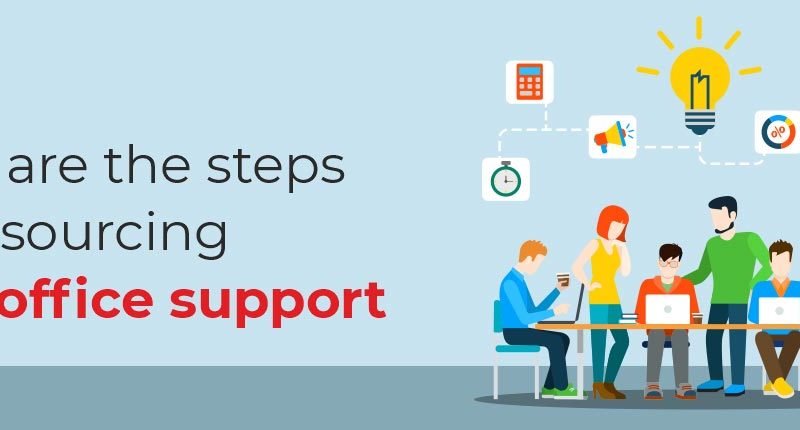Paid Leaves – Meaning, Types!

When an employee joins a company, one of the most important questions is "LEAVES."
What does it mean to take paid leave?
Paid leave is time off work that comes with pay.
Simply put, you can take time off work for any reason. However, you will still be paid for the
day.
Suppose you get five weeks of vacation per year from your company.
These five weeks of vacation are your "paid leave" because you'll still get your salary and
enjoy your vacation with your friends/family.
Did you know that different companies offer different types of leaves?
What are the various types of leaves?
Although there are many, these are the most well-liked:
Let's now look at these leaves:
Privilege Leave
Privilege leave refers to the leave an employee receives for working days.
It is also known as earned leaves.
This leave is sometimes called Annual Leave, Flexi Holiday, or Vacation Leave.
Employees often use their ELs to go on vacation or celebrate holidays that aren't officially
recognized.
Employees who take ELs for long periods can have a negative impact on their work
performance.
Employees are asked to make plans ahead of time and notify their managers or colleagues
about any leave.
Casual Leave
Casual leave is one of the most popular leaves in India. This leave type is well-known to all
working people.
Cl or Casual Leave is available to meet unexpected or emergency personal needs.
You must travel to your child's school to attend a Parent-Teacher Meeting. Or a guest
arrived at your house without prior notice.
These are just a few examples of situations where casual leaves can be useful.
CL is mandatory in many states of India. However, certain states like Delhi have both casual
and sick leave.
Sick or Medical Leave
Another type of leave you might be familiar with is the one below.
Employees are entitled to medical or sick leave, as the name implies.
Indian law mandates this type of paid leave.
Employees can misuse these leaves. Many companies have a strict policy regarding sick
leave.
For example, employers may request a medical certificate for leaves exceeding ten.
Do not forget that different states have different medical and sick leave rules.
Maternity Leave
The Maternity Benefit Act requires that every company offer 26 weeks of paid time off to
any woman who has worked at least 80 days in the twelve months before the expected
delivery date.
The state laws that govern leaves are the ones we have discussed, but the central
government has a policy for maternity leave.
This paid leave is only available for the first two children. After that, women are entitled to a
minimum 12-week leave for the third child.
Half-Pay Leave
This type of leave is usually provided to employees who work in the government sector.
Half-pay leaves can be credited in two equal installments of 10 days each – the 1st and 3rd
of January and July of every year.
This leave type will give an individual half of their pay, i.e., The total amount paid will only
be 50 percent.
This leave is granted for medical reasons or to attend to private matters.
Quarantine Leave
This is a new addition to our list of paid leave.After the COVID-19 pandemic, Quarantine
Leave was created.
This leave type is only available to employees legally required to quarantine.On the other
hand, employers must pay employees for the quarantine period.
Marriage Leave
This type of leave is available to all employees who are getting married.
Companies are required to offer their employees marriage leave in countries like Vietnam.
It is, however, still possible in India and other countries.
A marriage leave period can range from 1 to 15 days. However, Indian organizations only
allow employees to marry for a maximum period of three days.
Employees are often asked to provide the marriage invitation card to approve this leave
type.
Paternity Leave
Pregnant mothers are eligible for maternity leave, but paternity leave is available to fathers.
This type of leaf has been very popular recently, with many people highlighting its
importance.
Fathers are expected to care for their children and their wives, just like mothers.
To avoid discrimination between LGBT and same-sex couples, PL is sometimes called New
Parent Leave.
You can leave without being paid
Employers allow employees to take unpaid leave in this type of leave.
It is typically given to employees upon request. When they don't have paid leave, they use
Leave Without Pay.
Although employees try to avoid this type of leave, in emergencies, when they don't have
any other options, they use it.
Conclusion
For working people, a break from the routine is important and well-deserved.
Each organization, large or small, must encourage leaves to create a positive work
environment.
Both employees and companies can reap the benefits of paid leave.
It will allow employees to be with their loved ones without guilt.
It will also help them rejuvenate their minds and bring back double the energy and
enthusiasm to work, which will positively impact the bottom line.
It's a win-win situation for everyone!
You might have difficulty managing all the leaves for your company with so many
employees. Efficient Leave Management Software can solve this problem.






